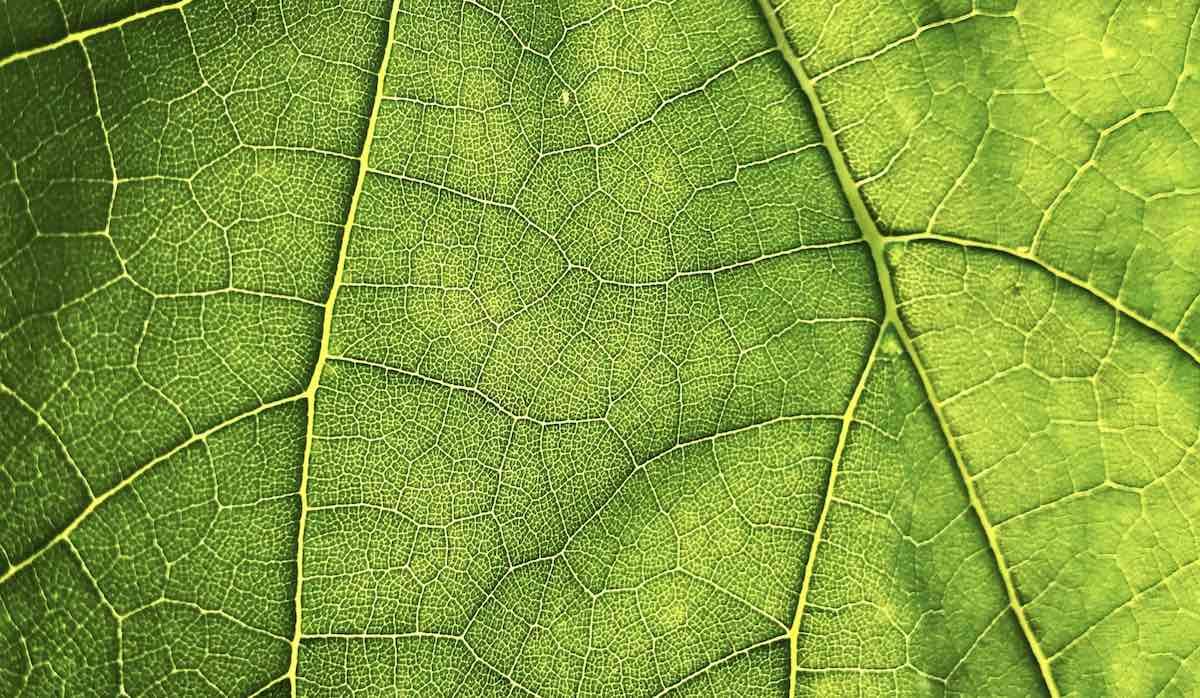Scientists with the University of Chicago say they have discovered links between photosynthesis and an unusual state that facilitates the flow of energy through materials, according to newly published research.
The newly discovered connection, which occurs at the atomic level, involves states that are known as exciton condensates, and could lead to new insights in the design and construction of electronic components.
Excitons result when an excited electron and a nearby associated cavity produce a mobile concentration of energy. An exciton condensate describes what occurs when excitons condense into a single coherent quantum state, which allows the transfer of energy through a material without any friction (a process otherwise known as Bose-Einstein condensation). Such conditions generally only occur in very extreme conditions, or within materials like double-layered graphene which exists in a highly ordered state.
Quite the opposite from the extreme conditions required for exciton condensates, the highly disordered systems existing within plants that give rise to photosynthesis nonetheless also appear to demonstrate very efficient energy transfer.
The Link Between Photosynthesis and a Strange Physics State
According to a new paper by authors Anna O. Schouten, LeeAnn M. Sager-Smith, and David A. Mazziotti that appeared in the journal PRX Energy, the common link between these two very different phenomena has been established, “by investigating the potential for exciton-condensate-like amplification of energy transport in room-temperature light harvesting.”
According to the team, by using a mechanism with properties similar to an exciton condensate, the researchers were able to successfully observe the amplification of excitons present in a special kind of density matrix; that is, a specialized environment that allows researchers to describe the quantum state of a physical system by calculating the various outcomes of measurements performed on the system.
Fundamentally, the researchers say that links were discovered between exciton condensates and photosynthesis, which occur at the atomic level, resulting in a unique scientific discovery that could provide new avenues for research in the design of electronic components and other potential engineering applications.
As sunlight strikes the leaves on a plant, changes occur within certain molecules within the plant as they interact with photons. Specifically, an electron is released by this infinitesimally small energy exchange, resulting in a “hole” where the particle once existed, and allowing the electron and hole pair—an exciton, in other words—to travel to different areas within the leaf.
The result is that the sun’s energy is transported to another area within the leaf, triggering chemical reactions that produce the sugars vital to the plant’s survival. Of particular intrigue to the research team had been that familiar patterns appeared to emerge in the various routes taken by the excitons; patterns that bore a remarkable similarity to a Bose-Einstein condensate, the so-called “fifth state of matter.”
New Technological Potentials
This mysterious behavior is something that has long interested researchers on account of the innovative technologies they can help facilitate, one example being the superconductivity required for the operation of magnetic resonance imaging (MRI) used to monitor brain activity.
However, the discovery surprised the Chicago research team, since in the past exciton condensates were only observed in materials that are cooled well below room temperature.
“Photosynthetic light harvesting is taking place in a system that is at room temperature,” says Anna Schouten, the study’s lead author. “What’s more, its structure is disordered—very unlike the pristine crystallized materials and cold temperatures that you use to make exciton condensates.”
David Mazzioti also confirmed that their recent observations “have never been connected before,” according to a press release.
“So we found this very compelling and exciting,” Mazziotti adds.
“The research provides fundamental connections between exciton condensation and exciton transport in light-harvesting complexes,” the team wrote in their recent paper, “with potential applications for harnessing the exciton-condensate-like mechanism to enhance energy transfer in synthetic systems and create new materials capable of highly efficient energy transfer.”
For Schouten, Mazzioti and the team, such technology will require additional research but could lead to some promising new technologies in the years ahead.
“A perfect ideal exciton condensate is sensitive and requires a lot of special conditions,” Mazzioti said.
“But for realistic applications, it’s exciting to see something that boosts efficiency but can happen in ambient conditions.”
The team’s paper, “Exciton-Condensate-Like Amplification of Energy Transport in Light Harvesting,” appeared in PRX Energy on April 28, 2023.
Micah Hanks is the Editor-in-Chief and Co-Founder of The Debrief. He can be reached by email at micah@thedebrief.org. Follow his work at micahhanks.com and on Twitter: @MicahHanks.

